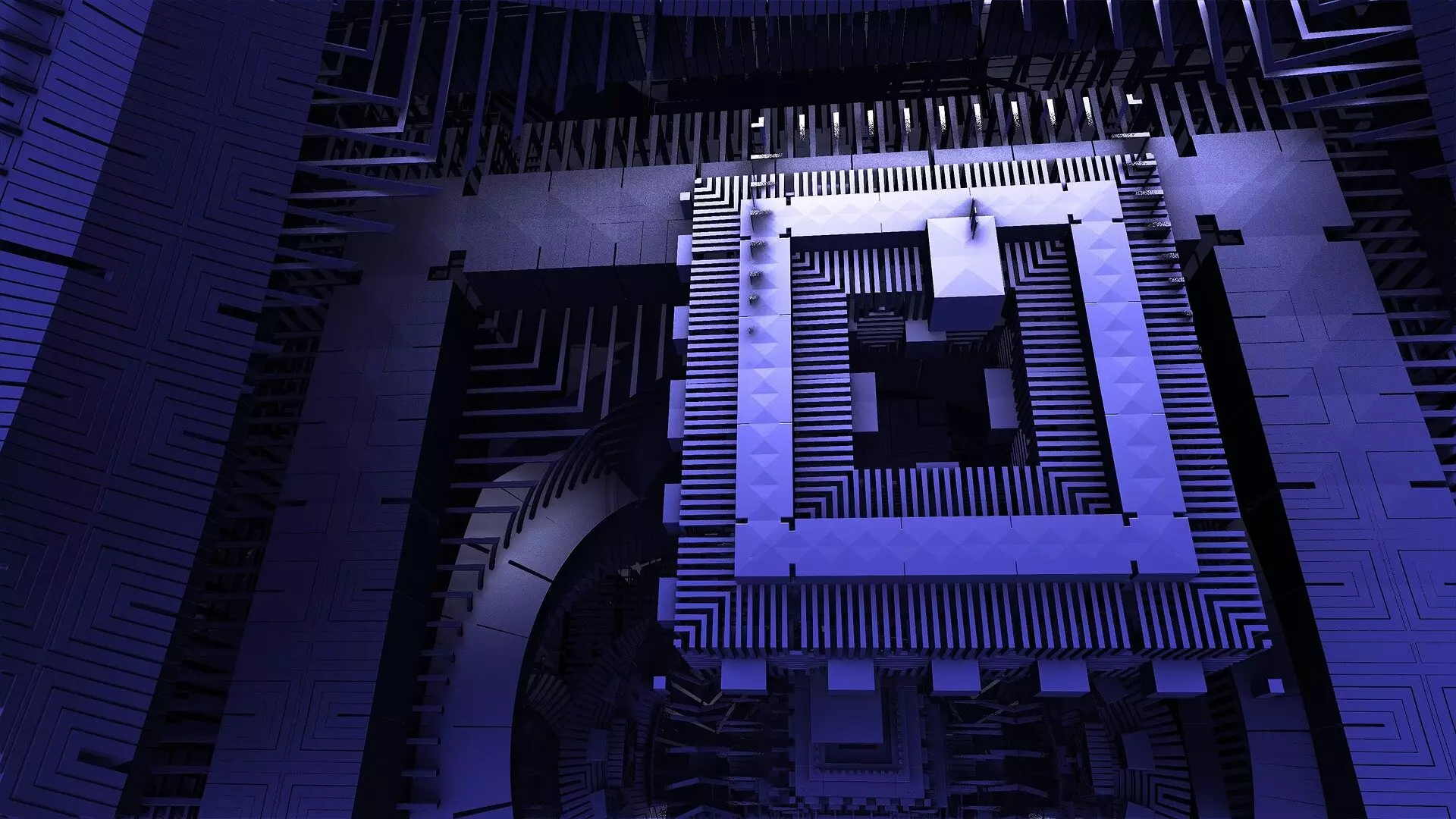In a groundbreaking development, a collaborative team of scientists in the United States has made significant strides in the field of superconductors, specifically targeting applications in quantum computing. Spearheaded by physicist Peng Wei from the University of California, Riverside, this multi-institutional effort has yielded a novel superconductor material that holds promise for functioning as a “topological superconductor.” This designation refers to a class of superconductors that can carry quantum information in a more resilient manner, potentially revolutionizing the way quantum data is processed.
Topological superconductors stand out because of their unique electron states that can exist over an extended range. These materials harness the principles of topology—the mathematical study of shapes and spatial properties that remain unchanged under continuous transformations. Such superconductors can stably encapsulate quantum bit states (qubits), crucial for robust quantum computing systems. The recent research reported in *Science Advances* details the innovative methodology employed by the UCR team, which involved the integration of trigonal tellurium with a surface state superconductor created on a gold thin film.
Trigonal tellurium, classified as a chiral material, contributes a unique characteristic to the mixture. A chiral material cannot be superimposed onto its mirror image, akin to the difference between left and right hands. This aspect is notable since, despite trigonal tellurium’s non-magnetic properties, the collaboration observed distinct quantum states at the interface that exhibited clear spin polarization—a vital factor for the realization of spin-based qubits. “We successfully established a very clean interface between the chiral material and gold, culminating in a two-dimensional interface superconductor,” Wei explains. Notably, the energy of the spin in this new superconductor is six times greater than what is typically found in conventional superconductors, heightening its potential application in quantum technologies.
Intriguingly, the researchers discovered that the interface superconductor displays varying characteristics when exposed to magnetic fields. Under such conditions, it exhibited a transition that enhances its stability, shifting toward what is termed a “triplet superconductor” state. This discovery is significant as triplet superconductors demonstrate greater resilience in magnetic environments compared to their single-particle counterparts. The findings underscore a promising ability to transition into more stable quantum states, addressing one of the longstanding challenges in material science for quantum computing platforms.
Furthermore, in partnership with scientists from the National Institute of Standards and Technology, details emerged showing how the heterostructure involving gold and niobium thin films can mitigate decoherence issues caused by material defects, notably niobium oxides. Decoherence remains a critical hurdle for the development of efficient qubit systems, as it causes quantum information to become intertwined with external variables, complicating reliable data processing. The new system demonstrates the potential to produce high-quality, low-loss microwave resonators with a quality factor that could reach up to 1 million.
This innovative research not only enhances our understanding of superconducting materials but also opens avenues for their practical application in quantum computing architecture. The materials fabricated in this study are significantly thinner—by an order of magnitude—than those traditionally utilized in the quantum computing industry. Wei noted that this advancement could pave the way for low-loss superconducting qubits, an essential component for enhancing the performance and scalability of quantum computers.
The implications of this research extend into numerous industries. Quantum computing holds the potential to tackle complex challenges that are intractable for classical systems, from drug discovery to complex optimization problems. By reducing decoherence through the innovative use of non-magnetic materials, the UCR team lays down a potential roadmap for developing more efficient and reliable quantum computing components.
As the study progresses forward—with a provisional patent already filed and reported to the UCR Office of Technology Partnerships—the collaborative insights from this research endeavor could fundamentally reshape both theoretical and applied quantum computing in the years to come.

